SARS-CoV-2 viral persistence in lung alveolar macrophages is controlled by IFN-γ and NK cells
- PMID: 37919524
- PMCID: PMC10681903
- DOI: 10.1038/s41590-023-01661-4
SARS-CoV-2 viral persistence in lung alveolar macrophages is controlled by IFN-γ and NK cells
Abstract
Severe acute respiratory syndrome coronavirus 2 (SARS-CoV-2) RNA generally becomes undetectable in upper airways after a few days or weeks postinfection. Here we used a model of viral infection in macaques to address whether SARS-CoV-2 persists in the body and which mechanisms regulate its persistence. Replication-competent virus was detected in bronchioalveolar lavage (BAL) macrophages beyond 6 months postinfection. Viral propagation in BAL macrophages occurred from cell to cell and was inhibited by interferon-γ (IFN-γ). IFN-γ production was strongest in BAL NKG2r+CD8+ T cells and NKG2Alo natural killer (NK) cells and was further increased in NKG2Alo NK cells after spike protein stimulation. However, IFN-γ production was impaired in NK cells from macaques with persisting virus. Moreover, IFN-γ also enhanced the expression of major histocompatibility complex (MHC)-E on BAL macrophages, possibly inhibiting NK cell-mediated killing. Macaques with less persisting virus mounted adaptive NK cells that escaped the MHC-E-dependent inhibition. Our findings reveal an interplay between NK cells and macrophages that regulated SARS-CoV-2 persistence in macrophages and was mediated by IFN-γ.
© 2023. The Author(s).
Conflict of interest statement
The authors declare no competing interests.
Figures





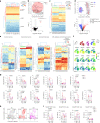



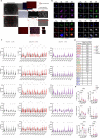
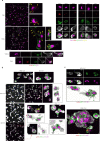
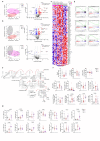
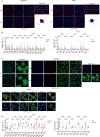
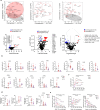
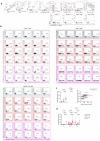
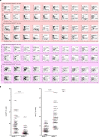

Update of
-
Adaptive MHC-E restricted tissue-resident NK cells are associated with persistent low antigen load in alveolar macrophages after SARS-CoV-2 infection.Res Sq [Preprint]. 2022 Apr 25:rs.3.rs-1561222. doi: 10.21203/rs.3.rs-1561222/v1. Res Sq. 2022. Update in: Nat Immunol. 2023 Dec;24(12):2068-2079. doi: 10.1038/s41590-023-01661-4. PMID: 35547853 Free PMC article. Updated. Preprint.
References
MeSH terms
Substances
Grants and funding
LinkOut - more resources
Full Text Sources
Medical
Molecular Biology Databases
Research Materials
Miscellaneous

